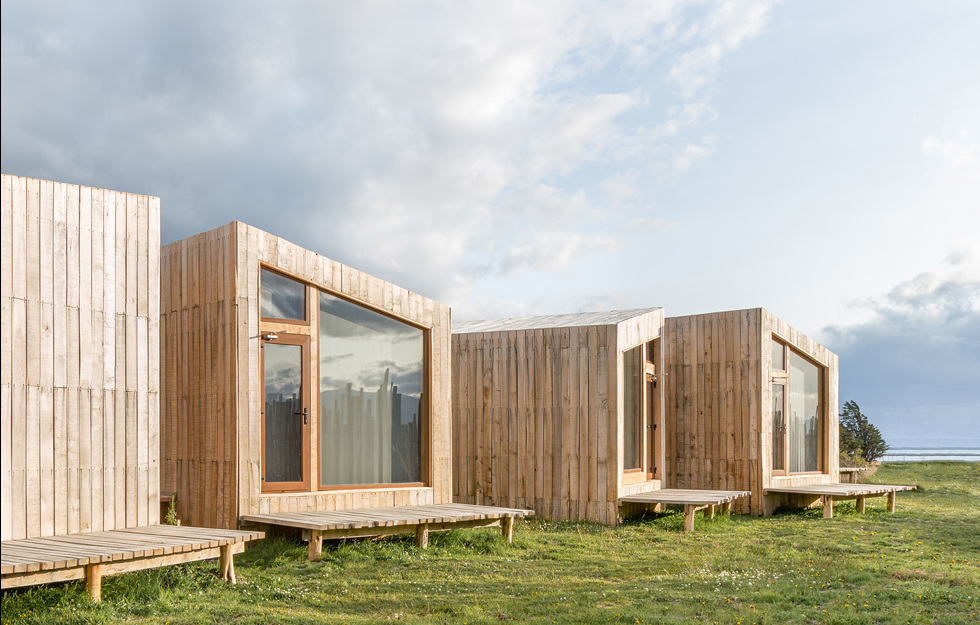THE ARCHITECT LEO Qvarsebo calls his house QvarseBo. It is located in Västerbyn, just outside Hedemora, and is the result of several years of planning, hard work and uncompromising vision. When Leo was designing the retreat for him and his family, he had in mind a calm space where they could live in a way that was diametrically opposed to their hectic urban life in Stockholm.
“I pictured it all in scenes in my mind. I wanted us to be able to prepare food inside and out. We would have a room for relaxing and reading. And another where we could lie and sleep, and look up at the stars,” says Leo Qvarsebo.
These functions, together with Leo’s take on the concept of rooms in architecture, formed the starting point for the triangular summer villa.
“I don’t think architecture should invent new spaces. It should be a question of how you work with the relationships between them. So the house has quite normal rooms – the surprising part is how they are put together,” says Leo Qvarsebo.
He is referring to the house’s quirky series of half-levels, which form five small floors. From each floor you can see up to the next, which creates a sense of curiosity and draws you to continue, peeping through openings and windows that reveal glimpses of the outside, until finally you reach the bedroom with its view of the whole landscape, the lake and the sky. Each floor’s dormer windows and ledges create private corners, but as you climb the stairs, which cut through the house like a shaft, you are back in the public domain. The idea for these rooms gave the building its shape, and eventually led to the choice of material.
“I had in mind a kind of cover that enclosed these functions, with a slab rising up from the ground and continuing up into the attic. I wanted the slab to feel beautiful, both visually and to the touch. That’s why I chose wood,” says Leo.
THE HOUSE IS MADE OF WOOD inside and out. The structural frame comprises Kerto beams, a type of laminated veneer lumber (LVL) that was put together on site and then erected as a large A. All the layers in the roof and walls are wood products, except for the weatherproofing layer. The house is clad internally with ash plywood from Egmont’s shut-down jigsaw factory, while the gable windows and all the doors were a bargain on the online marketplace Blocket. When all the windows are open, you can see that they are all hung in different directions, which contributes to the building’s sense of invention and of being a “grown-up cabin”, as Leo has described it. Externally, the house is clad in Gotland heartwood pine, treated with an eco-friendly silicon-based oil. The path to the wood cladding was, however, not entirely direct, and it opened Leo’s eyes to what wood is, can be – and how the wood industry largely approaches it.
“I hadn’t done much building in wood before, but I entered the project with a great deal of optimism. However, I was told by various people that I couldn’t do what I wanted to with wood, which I think is partly because some of the knowledge about different qualities of wood has been lost.”
Leo received amusing confirmation of this when the roofing material was delivered. A local sawmill had manufactured it and the timber merchant he was working with drove the delivery out to the site.
“It was fantastic, close-grained wood, but the timber yard wasn’t used to handling it. When it came to unloading the wood from the truck, it was too heavy for their crane to lift!”
Text: Erik Bredhe























